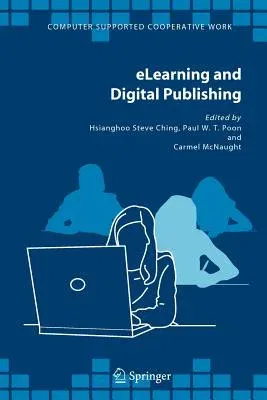Our universities are facing immense pressures from within because of the
increase in the 'publish or perish' syndrome. There are severe budgetary
demands on university libraries attempting to enable access to this
increasing avalanche of information. University teaching also needs to
prepare graduates for a rapidly changing and connected world. This book
explores the role of technology in this challenging scenario. Technology
is portrayed as part contributor to the challenges higher education
faces, and also part contributor to the solutions we need to explore.
This book is not a 'doom and gloom' exposition but is forward-looking,
offering fresh insights and new strategies for understanding the nature
of scholarly communication in higher education.
In this book there are three threads that are constantly intertwined -
information literacy, eLearning and digital publishing - with
information literacy acting as the glue that connects eLearning and
digital publishing. This book was designed to occupy a unique niche in
the literature accessed by library and publishing specialists, and by
university teachers and planners. It examines the interfaces between the
work done by these four groups of university staff who have been in the
past quite separate from, or only marginally related to, each other. Yet
all four groups are directly and intimately connected with the main
functions of universities - the creation, management and dissemination
of knowledge in a scholarly and reflective manner.
The structure of the book has three main sections: the first has
primarily an educational focus, the second a focus on digital
publishing, and the third builds on the first two sections to examine
overall implications for the growth of knowledge and scholarly
communication.
This collection brings perspectives (in alphabetical order) from
Australia, Hong Kong, People's Republic of China, Singapore, Taiwan,
United Kingdom and United States of America. Various chapters,
therefore, examine the central concerns with different lenses. Our
ability to understand the extent of the shifts that are occurring in
modern universities, and still need to occur in the next few years,
relies on our ability to synthesize ideas and experiences from a wide
range of university staff. This is just what we hope this book offers.


